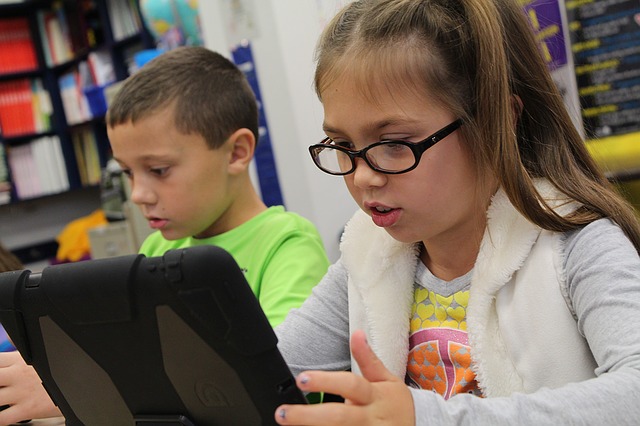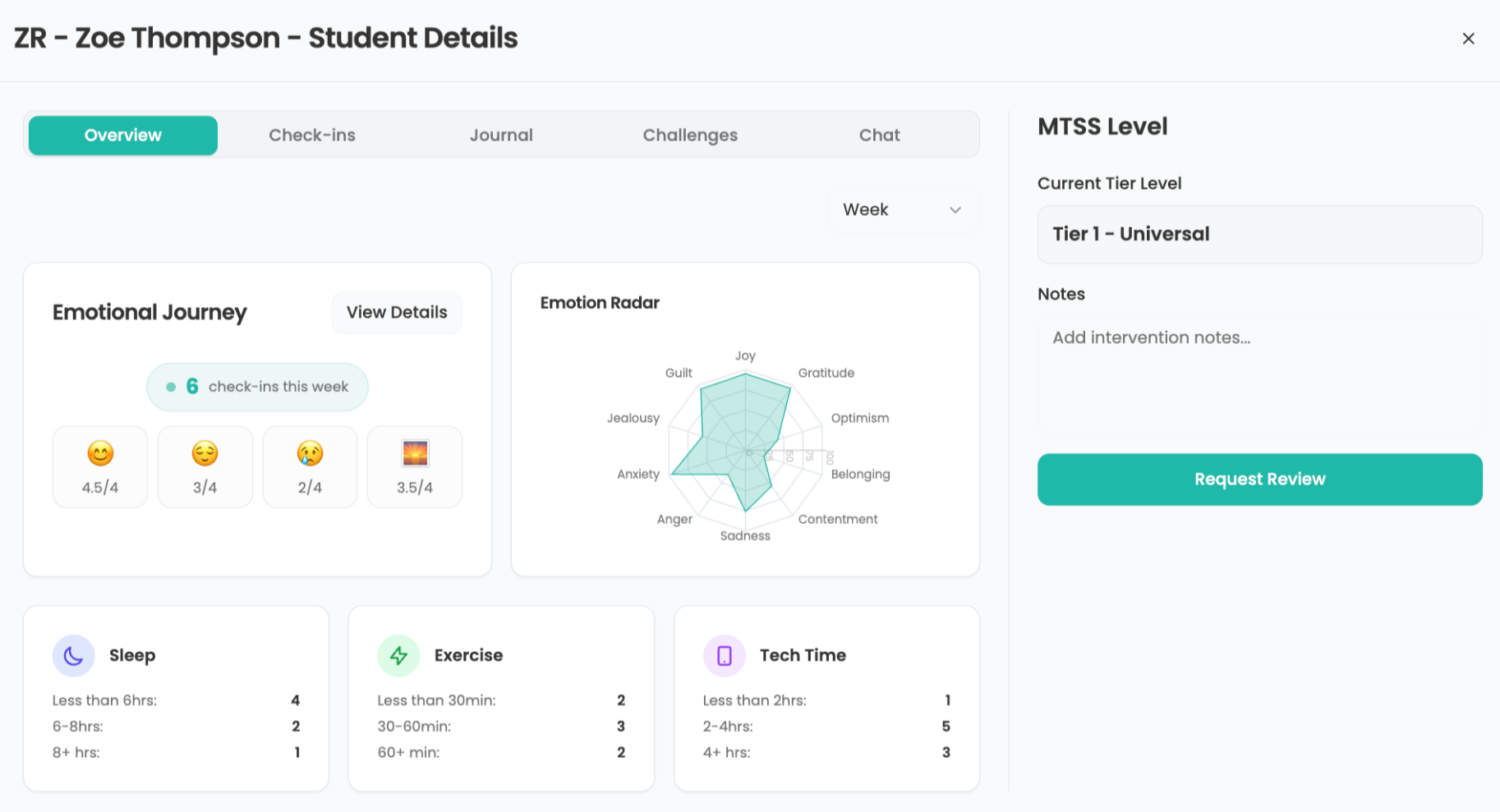Why Active Learning is More Crucial Than Ever
Active learning gives learners a voice that lets them drive the process to maximum engagement

It’s long been known that active learning engages students, and the pandemic has emphasized the importance of incorporating this approach into instruction across a range of learning environments. This student-centered learning approach gives learners a voice that lets them drive the process to maximum engagement.
During this Tech & Learning virtual roundtable, Dr. Kecia Ray talked with a panel of experts about the research that confirms the efficacy of active learning in the areas of math, literacy, and social emotional learning, and offered practical strategies that school leadership teams can put into place to make the most of active learning.
“It is all about the teacher in that classroom and the ways that we find to meet our students where they are,” said Kris Astle, Education Strategist for SMART Technologies.
“We focus on starting active learning from Day 1 of kindergarten,” said Matthew X. Joseph, director of curriculum, instruction, and assessment in Leicester Public Schools in Massachusetts. “They’re with us for 12 years, and if we can instill that use of technology early, it’s wonderful. They get comfortable with it, and it sticks. Tools are going to come and go, but the skills we’re providing will stay.”
Watch the on-demand version here
Key Takeaways
Creating an active learning environment. “One of the big things that we talk a lot about in our district is we have to move from participation to engagement,” said Joseph. “That's when you get into the active piece of the learning. And essentially what has to happen is our teachers need to get out of the way, where they disseminate some content and information for projects, and then let students create content.”
Rather than having teachers feel as if they “were trying to drink from a fire hose,” the district found the core tools that fit their needs and established a common language for active learning, which allowed for easier and more effective collaboration.
Tools and ideas to transform education. Sign up below.
Bibb County School District in Georgia followed a similar approach to supporting active learning, creating a standardized yet robust digital learning environment, said Rose Powell, Executive Director of Technology Services. “Active learning is incorporating the four Cs -- communication, collaboration, critical thinking and creativity -- so it's very important that we're teaching our students how to be able to do all four of these and using technology through that process because it is the way of our future,” she said. “So providing that interactivity and that engagement for active learning is critical so students are engaged in the learning process.”
“When we think about active learning, we're really thinking about that innovation and creation that students are doing and giving them the opportunity to do that,” said Astle.
Student-centered approach. Getting students to be active users of technology has been a focus in Bibb County. “A lot of our teachers will say, ‘Well, they watched the video today,’ ‘They did this today,’” said Bobby Brian Lewis, instructional technology coach. “So that's the big question we always ask: ‘Are your students going to be consuming content with technology, or are they producing content with technology?’”
Students are encouraged to own that ‘voice and choice’ process, said Powell. “When they own it, and when they reflect on it, they're much more engaged.”
“Active learning is great, and giving students a voice is important, but it’s equally important to actively listen to them as well,” said Joseph. “When we listen, we show that we value them.”
That social-emotional learning component is key to active learning, agreed Powell, particularly in regard to students coming back after more than a year out of classrooms. “One of my favorite sayings is: People don’t care how much you know until they know how much you care,” she said. “And honestly, that’s what makes for the best classrooms. Unless you feel comfortable, learning is not going to take place.”
Right tools for the job. Flexibility in regard to using tools has been critical for teachers and administrators in the past year, said Lewis. “Being able to adapt to the new situation -- ‘Whatever we're given, we can work with it,” he said. “That's made us better.”
“There's so many powerful tools, such as Smart Learning Suite, out there,” said Astle. “If you're face-to-face in the classroom, or even if you're socially distant right now, that technology can bridge the gap.”
“There are lots of ways to use the smallest of tech tools to make the biggest of gains,” said Powell. “Ultimately, it’s not about the tech. The teacher in the classroom is the biggest factor in student mastery and success.”
More T&L Webinar Recaps
Ray Bendici is the Managing Editor of Tech & Learning and Tech & Learning University. He is an award-winning journalist/editor, with more than 20 years of experience, including a specific focus on education.
